|
A few years ago, I read an article in Archeology Magazine, called When the Ancient Greeks Began to Write; Newly Discovered Inscriptions Help Explain How Literacy Spread.
The Cup of Nestor The Cup of Nestor was discovered in 1954 at what had been an ancient Greek colony in Italy. The cup was probably formed and fired in 750 BC. Some years later, someone scratched letters on it. It is one of the earliest extant examples of the use of an alphabet. What is an alphabet?
The thing that makes an alphabet an alphabet is that it has symbols that indicate consonants and vowels, in other words, smaller sound units. These symbols, or letters, can be used to indicate the sound of a word, not just a concept of a word. This meant that it could be used to write down poetry, names, anything you like. Before this time, writing was a skill used for very specific purposes, such as rituals or official diplomatic letters. But most of it was used for something that grew in importance as societies became more and more complex: money.
Along came the Greek alphabet. Exactly how, where and when it was invented is pretty foggy. But what is clear is that it was developed from a writing system used by the Phoenicians, a sea-faring cluster of peoples living along the coast of today’s Lebanon and Syria. Someone took this writing system and developed it so that the sounds of words could be captured. It took off like a house on fire. Elite men across the Greek world with its far-reaching colonies and cities started to write. Writing became cool. It became all the rage. So, the Cup of Nestor with its scratched inscription was a very early example of this. But what also makes even more it fascinating is that it isn’t just any old inscription, it is a joke. One of the world’s first recorded jokes. It’s an inside joke about old King Nestor in the Iliad. It reads: “I am the cup of Nestor, a joy to drink from. Whoever drinks this cup empty, straightaway the desire of beautiful-crowned Aphrodite will seize.” In context, I can almost imagine the scene in which this occurred. This cup is a drinking cup. It would have been used at a symposium. This brings me to the image I chose to lay behind my rendition of the cup. The Tomb of the Diver The Tomb of the Diver is a coffin-sized tomb in what was a Greek colony in southern Italy, probably created around 470 BCE. It’s made up of five limestone slabs, covered with plaster and painted with frescos. Along the walls of this small tomb the scene of a symposium is depicted. Beautiful men are laid out on their fancy couches, drinking, talking, playing games- and flirting. But the tradition of same-sex love affairs was strong during that time, as is demonstrated by this beautiful painting. Same-sex love in ancient Greece is a huge subject, fascinating in itself, and very very different from how we conceive of and enact same-sex relationships today. But if you were to look up “symposium” in an article or entry, often this very image is associated with it. My artwork inspired by The Cup of Nestor blends three elements: the alphabet, a symposium, and being seized by the desire of beautiful-crowned Aphrodite. I don’t want to completely understand or graphically illustrate this moment in time. I want to express the mystery of it. I do this by borrowing images of what remains and combining them together into an eurhythmic, evocative whole.
0 Comments
Leave a Reply. |
Take a Closer Look.
Here is an intimate, in depth glimpse into my thoughts, inspiration and artistic process. Categories
All
Not seeing what you're looking for? My previous blog on blogspot can be found HERE.
|

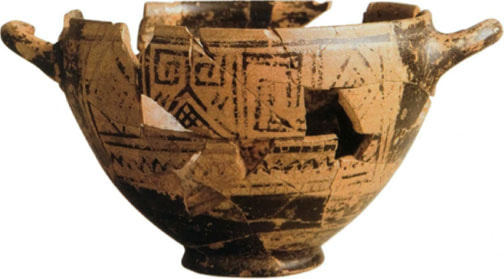
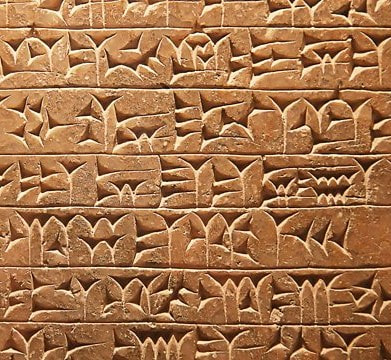
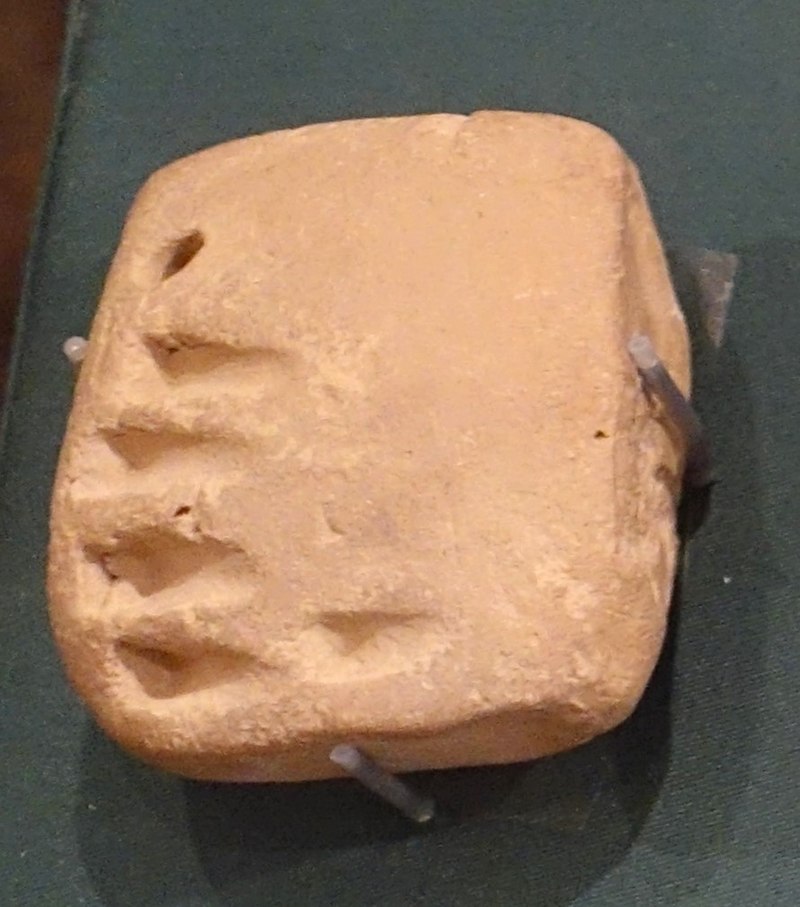
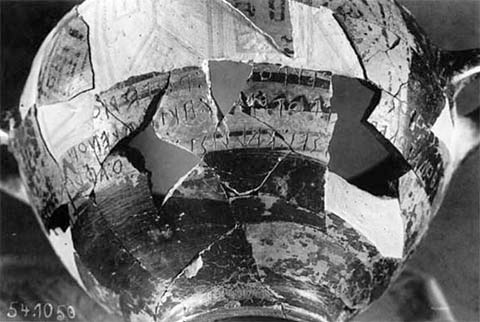

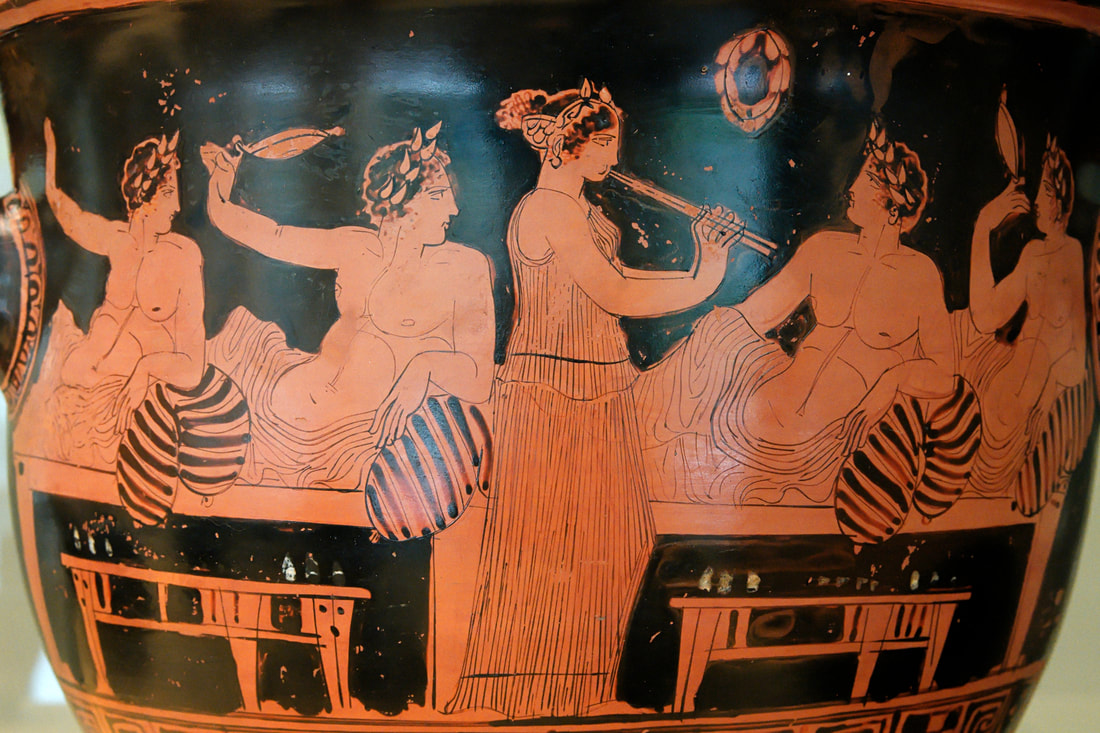

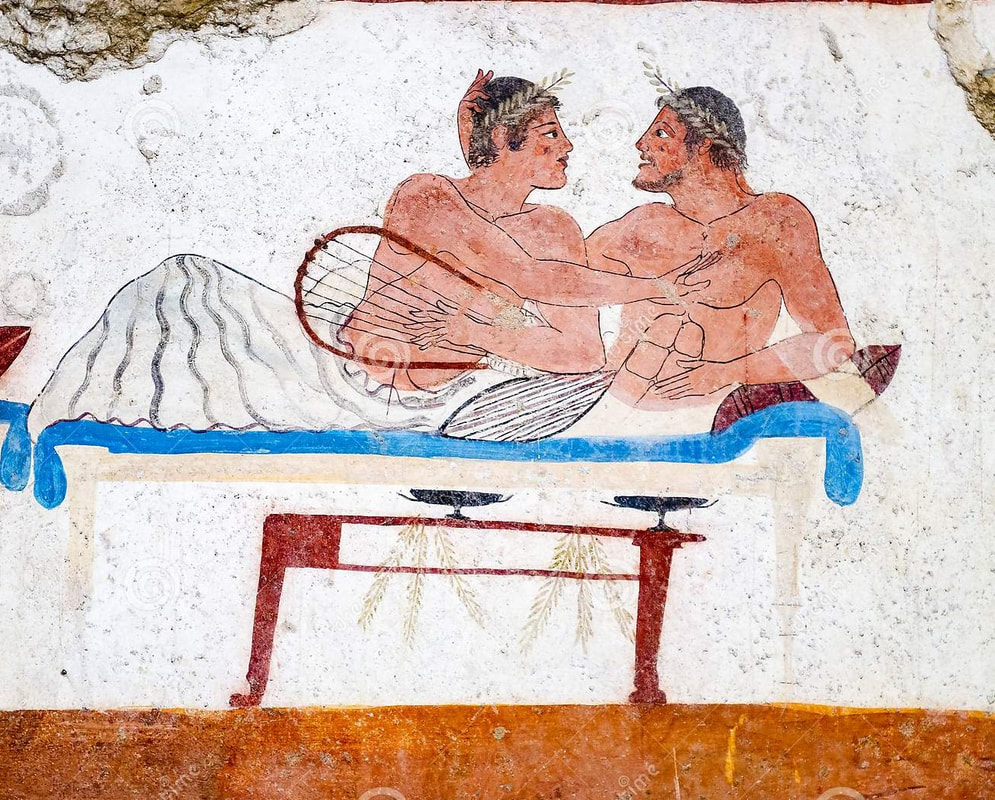
 RSS Feed
RSS Feed